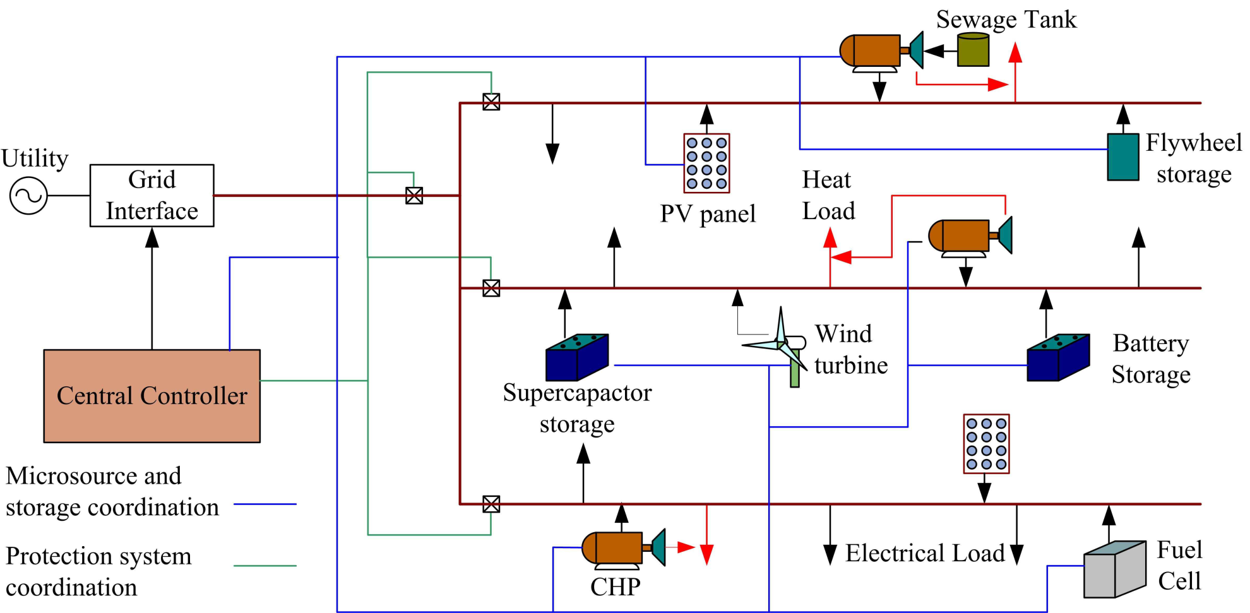This course explains the
various power quality issues, concept of power and power factor in single phase
and three phase systems.
- Teacher: JESUS BOBIN.V EE
This course introduces the dynamics related to real time processes and different control methodologies applicable for industrial processes.
- Teacher: Dr. M. GERMIN NISHA EE
- Teacher: W. VINIL DANI EE
FACTS devices are static power-electronic devices installed in AC transmission networks to increase power transfer capability, stability, and controllability of the networks through series and/or shunt compensation .These devices are also employed for congestion management and loss optimization. The static synchronous series compensator (SSSC) and thyristor-controlled series capacitor (TCSC) are some of the FACTS control devices which provide series compensation to reactance of the lines to which they are connected, while the static synchronous compensator (STATCOM) and static VAR compensator (SVC) (where VAR stands for volt–ampere reactive) are FACTS devices which provide shunt compensation to transmission lines. FACTS control devices also provide adequate damping of inter area oscillations by acting as actuators in robust control schemes
- Teacher: P. SUJI GARLAND EE
The course
demonstrates the concept of distributed generations, its configuration and the
issues with the integration of grid. Also, it illustrates the Microgrid concept,
the modes of operation and its control.

- Teacher: Dr. M. CAROLIN MABEL EE
This course examines the basic theory, characteristics, construction operation and application of rotating electrical machines. It includes the study of brushless direct current motors, permanent magnet synchronous motors, stepper motor, switched reluctance motor, synchronous reluctance motor, hysteresis motor, AC series motor and linear motors.
- Teacher: J LEON BOSCO RAJ EE